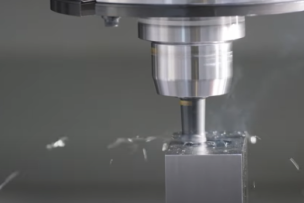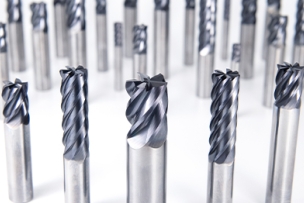3D PRINTING ROCKET MOTOR VALVES
“We have a customer going to the moon in 2021 who commissioned us to build some valves for them,” said Luke Colby, President and CEO of Triton Space Technologies. “We wanted to create a functional prototype of the valve, to check that all the parts fitted together properly, and that the internal parts could slide and move as they should. We went into it not really expecting that the METHOD X would be able to keep the tolerances needed for the sliding parts to move, but it did."
Colby founded Triton Space Technologies in 2014, following 10 years as Lead Propulsion Engineer for Virgin Galactic’s suborbital space tourism vehicle. Despite using large-scale industrial 3D printing machines throughout his career, it was not until the launch of the MakerBot METHOD X™ 3D printer that he considered the possibility that a desktop machine could be used to produce truly functional prototypes.
“The METHOD X 3D printer has evolved as a tool, providing us with a high level of reliability during part production. In our line of business, this is essential – especially in comparison to other 3D printers where there’s a risk that the final part will not come out as you’d expect. METHOD X mitigates risk by helping us to answer questions much earlier on in the design phase, so that’s very valuable,” said Colby.
See how Triton uses additive manufacturing to machine prototypes for aerospace customers in this short video.
Previously, Triton had to machine prototypes from sheet aluminum in its machine shop, a costly and inefficient process that took 2-3 days per prototype and created a lot of material waste. The alternative was to outsource to a 3D printing service bureau. However, this took even longer – up to a week for each prototype – and didn’t always result in a usable part.





Talk to Us!
Leave a reply
Your email address will not be published. Required fields are marked *